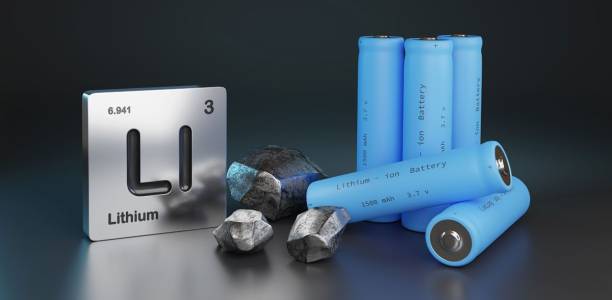
Lithium-ion (Li-ion) cells are rechargeable batteries known for their high energy density, relatively long lifespan, and lightweight design. They're the power source behind a vast array of devices, from smartphones and laptops to electric vehicles and grid-scale energy storage systems. This description details the key features and benefits of Li-ion cells.
Li-ion cells are integral components in a vast array of applications, including:
This description provides a comprehensive overview of lithium-ion cells. For specific technical details or applications, consult the relevant product specifications and safety guidelines.